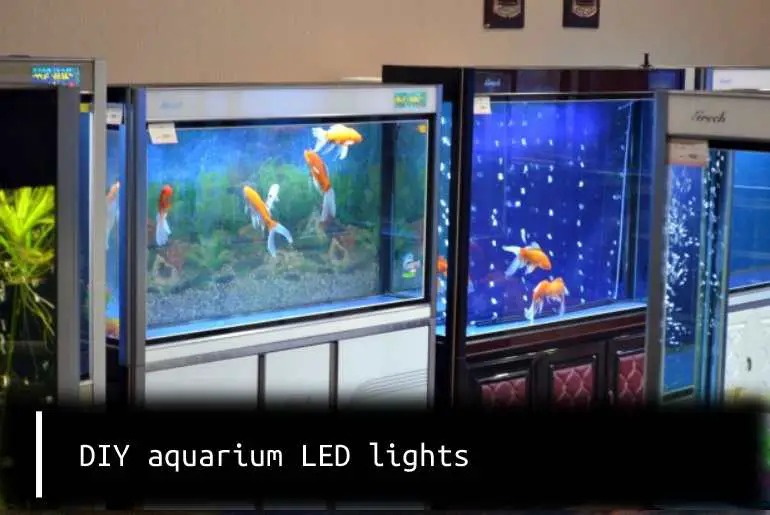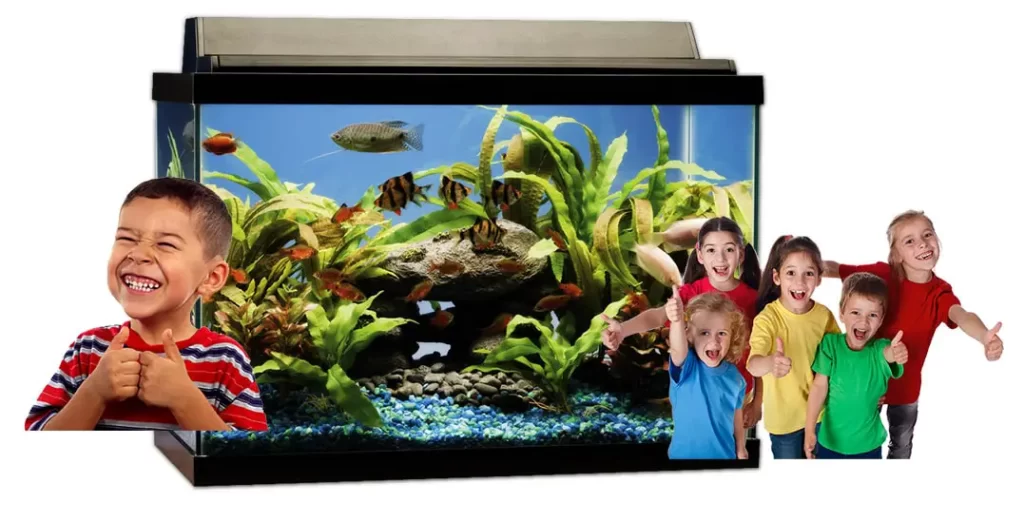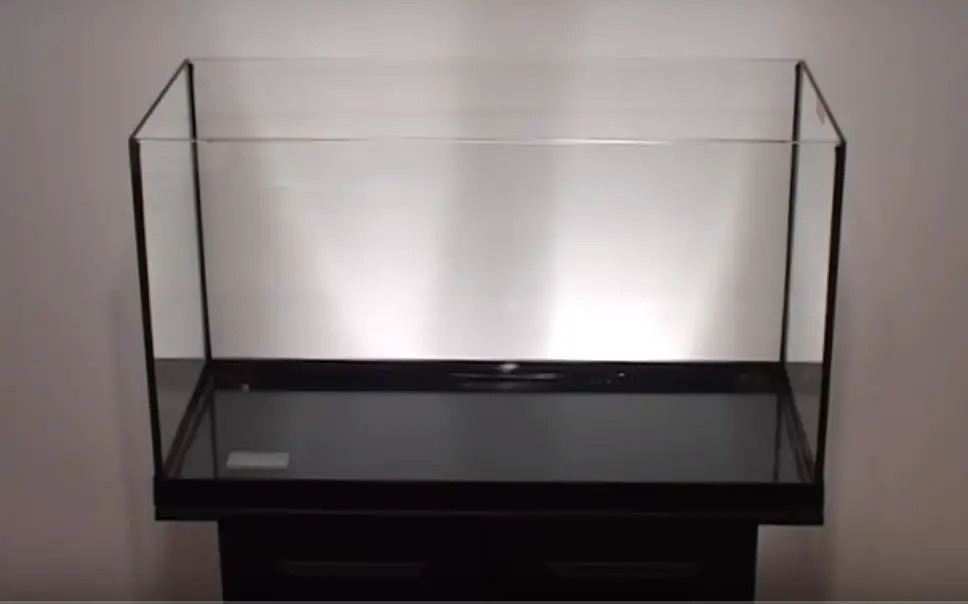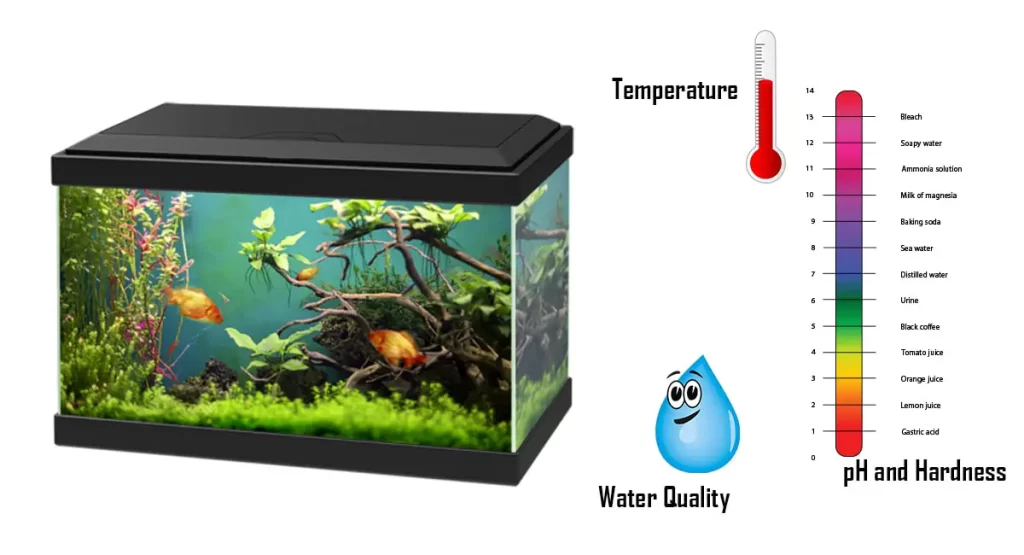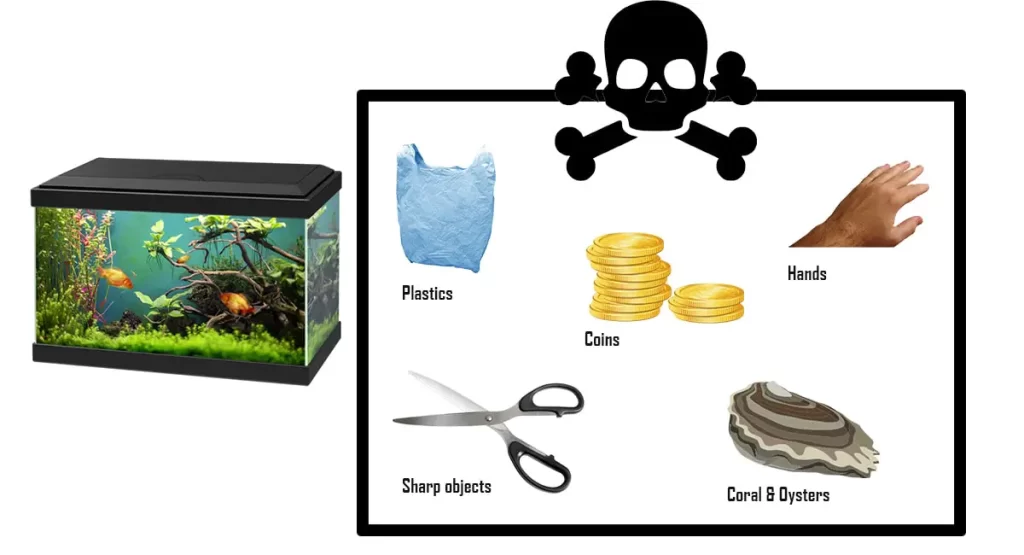Is it necessary to keep led light in the aquarium? The answer to this question is obviously yes! Fish needs plenty of light (sunlight/ artificial lighting). The natural light in the room is sufficient. Fish do not compulsorily need artificial lights. However, if the aquarium is placed in a darker room, you sure need an aquarium light, and what is better than a DIY LED aquarium light?
You probably have an idea of the lights in the aquarium. There are lots of debate on what kind of lighting to choose for a fish aquarium. Have you been thinking of purchasing a LED light for the fish aquarium? LED light is an excellent option you can choose. Do you think of making it on your own rather than buying the expensive one? If so, then this article is exactly for you.
Fish do not need any artificial lighting if the aquarium is in a room where there are windows, and the aquarium gets plenty of light. However, if the aquarium is in a darker room, you surely need to put LED lighting on your aquarium.
Why Do Fish Need Light?
Fish needs light to determine whether it’s day or night. Moreover, light is an essential source for their immune system. The deprivation of a proper amount of lighting in the fish tank brings the chances of disease in fish.
Leaving the lights on every time will cause rapid algae formation all over the fish tank. Hence, a period of darkness is needed for fish.
Along with fish, aquarium plants also need light for their growth.
The lights not only showcase the fish aquarium but also provide essentials for plants and fish in the aquarium. There is no need to purchase LED lights if you wish to make them on your own.
LED Light Benefits
Compared to other lights, LED light has certain benefits. The benefits of LED lights for aquariums are:
Energy Consumption
LED lights consume lesser energy compared to other lighting. Your expenses will surely be very less. In addition to this, making a DIY LED light by yourself saves much more money.
Color Options
LED lights have a variety of color options that makes your tank look beautiful. LED lights come with a spectrum, and you can choose the one that suits your purpose. You have color options of orange, yellow, magenta, green, blue, etc.
Long Life Span
LED lights are expected to have a life span of 50,000 hours, i.e. 6 years life. This light lasts for a longer time than most of the other lighting.
Low Heat Output
LED lights do not overheat and cause your fish aquarium to heat which will harm your fish. You can say it produces no heat at all. This is why LED lights are better than other lights that heat too quickly. This is one of the main reasons many fish keepers prefer LED lights over other lights.
Making DIY LED Light For Fish Aquarium
Making a LED light on your own is simple as long as you have all the right tools. Fish need to be exposed to lights for about 8-12 hours per day. To make it easier to calculate the right amount of time, use a timer. You can purchase a timer separately.
Materials Required:
- PVC Pipe
- Reflective Tape
- Adhesive LED Strip Lights
- PVC Rain Gutter
- Krylon Fusion Black Paint
- Nuts and Bolts
- PVC End Caps
Here are the steps to make a DIY LED light:
Step 1: Hood For LED Light
You need to measure the length of your tank. Building a hood is an initial task. To build this, you need to use a PVC rain gutter along with endcaps.
If the length of your tank is 5ft, you need to have a PVC rain gutter of at least 5ft. I recommend you get an extra length of PVC rain gutter.
The cost of PVC rain gutter is quite cheap.
Step 2: Cutting The LED Light Hood
Getting a sufficient length of the hood is essential. It’s time to cut the hood according to the length of your aquarium.
According to the length of the aquarium, cut the hood an inch shorter. This is because you have endcaps to be attached on both sides.
Cut the gutter and keep the excess gutter for later use.
Step 3: LED Lighting Customization
Rain gutters come in plain white color. If you wish to customize the color, you will require a paint designed to bond plastic.
While choosing a paint, make sure to not use any old paints. Old paints tend to risk the life of your fish and plants inside the aquarium if the paint begins to decay.
I recommend you use Krylon Fusion for Plastic which is a cheap as well as a quality product.
Make sure to coat the outside part of both the gutter and the endcaps with Krylon Fusion.
Step 4: Putting The Hood Together
You will need 4 sets of PVC end caps which are about ¾ inch, and 4 sets of nuts and bolds. PVC end caps will secure the inside part of the rain gutter and the caps.
Make a hole in the center of the PVC end caps. Then, place two PVC end caps on the inside part of the rain gutter end caps. Then, you need to make a mark on the rain gutter end cap by putting a dot through each of the PVC end cap holes.
Drill a hole in both locations on the rain gutter end caps by removing the PVC end caps. After drilling the holes, attach the PVC end caps to their locations accordingly on the rain gutter end cap by fastening a bolt and a nut through each of them.
You will also need to drill an extra hole in between and above the PVC end caps on one of the rain gutters. This extra hole is used for the LED lighting strip’s power cord in later steps.
Step 5: Checking of Maximum LED Lighting Reflection
Outfit the inside of the rain gutter if you need maximum reflection. You can put reflective tape on the inside of the rain gutter. This will give you the maximum results.
Step 6: Making A LED Light Strip
After the rain gutter has been set, simply run a single strip of LED light from one end to the other end.
Wrap the LED light strips around the PVC pipe to make use of the maximum amount of light. This way, the lights are also secured.
Circularly attach the lights. Leave some space between each revolving light. Tape each of the ends of the LED lights onto the end of the PVC pipe. Doing so will make them extra secure in addition to natural adhesiveness.
Step 7: Attach The LED Light Strips To The Hood
Put the PVC pipes into the rain gutter. Place them evenly side-by-side. Then, grab the end caps, and you have to attach them to both sides. Insert the PVC pipes securely into the PVC end caps.
Step 8: Programming The LED Light
After all the attachments, you can customize the lighting. You can use a remote and try different lighting in the aquarium. Try different lighting schemes on the fish aquarium.
Frequently Asked Questions (FAQ)
How Long Should The Aquarium Lights Be On?
Generally, a fish needs about 8-12 hours of light. Lights should not always be kept on because they may cause bacteria and algae to bloom.
Is It Necessary To Have Light In Fish Aquarium?
Yes, light is essential for fish. They need a period of darkness and a period of light. This way, they will be able to live happily. Apart from the natural light, fish may require additional light if there is no proper sunlight and there is less light room.
Which Color LED Light Is Best For Aquarium?
Popular LED lights are red, green, and blue. These colors enhance the color of the objects inside the aquarium. Aquatic plants and objects appear more vibrant, and the fish also look more flashier.
Do Fish Prefer White Or Blue Light?
Blue light is mostly preferred over white light because blue light has many benefits. Additionally, blue light also mimics the natural environment of the fish.
Are LED Lights Good For Fish?
There are different kinds of lighting. Among them, many fish keepers prefer LED lights as it has many benefits as compared to other lights. Generally, fish need about 8-12 hours of lighting. LED light has the benefits of color captions, lifespan, heat output, and energy consumption.
Conclusion
LED lights of different colors can be purchased. You can also make your own LED light at home if you have every material mentioned above. Making DIY LED lights is simple and easy.
LED light has many benefits as compared to other lights for fish and plants in the aquarium as well. You can customize the color and lights as you wish. Lastly, you can experiment with different colors and styles for your DIY LED light projects.

